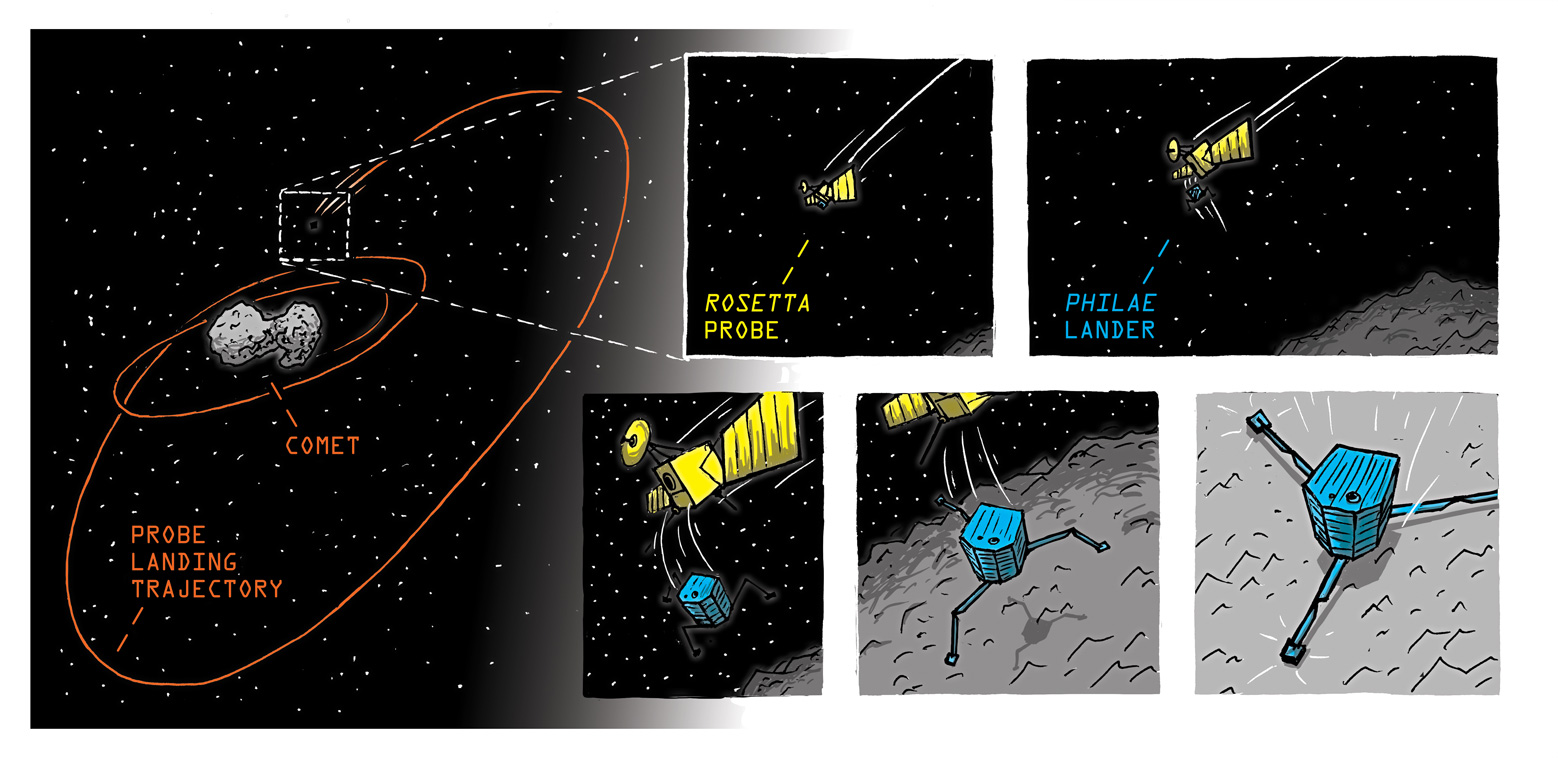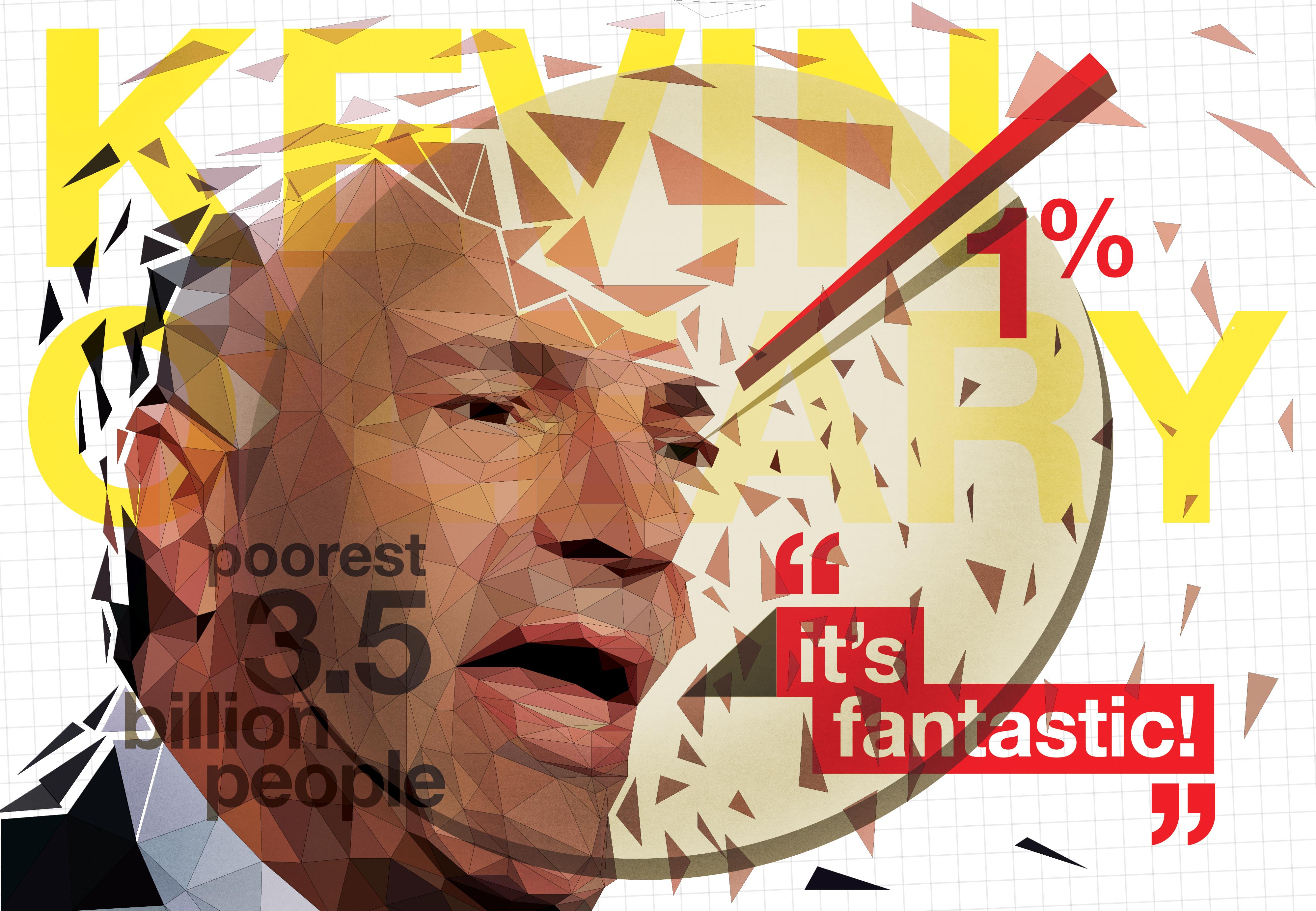When I was 13 years old, I was selected by my school to attend a “Women in Information Technology” seminar at the University of Winnipeg. The goal of the event was to encourage young female students to consider a technical career in information technology. It was one of many initiatives held across Canada in an attempt to close the gender gap in STEM fields – sciences, technology, engineering, and math.
What I recall the most from that day was that I felt disappointed and slightly annoyed by the entire experience. I remember there were indeed women there, and that they were indeed women in information technology jobs. But the only thing they told us was that if you’re a girl, you can be in the technology industry too, if you want to.
It’s an okay message, but I think the more important message would have been to explain why I would want to go into information technology in the first place. I wanted to hear about their work, what their average day was like, and what the reward was for them to pursue that path.
The seminar ended with everyone being separated into groups and creating a one-page website as some sort of exercise. My group decided we wanted to make a website that sold makeup. We were still girls, after all.
For the remainder of my adolescence, whenever I was invited to similar events, the message always seemed to stop in mid-sentence.
“Come be a woman in STEM! You can too!” What is it that I can do too? Who was stopping me in the first place?
Although I would go on to choose a science program when I first began university, the choice had little to do with the many initiatives that had reached out to me. And by the time I made it to university, I actively avoided the gender discussion all together.
I never advocated for women in STEM, and I disliked being referred to as a female engineering student. I would want to correct people and tell them that I am just an engineering student.
It wasn’t that I was ashamed of being a woman, because I am not. Being a female just didn’t feel like something I had to make special, single out, or talk about. It was just a fact. Just like the fact that I’m five-foot-three, or that I was born in March. Nobody talks about these details of my being as it relates to my studies. And most certainly, nobody refers to my male counterparts as men in engineering.
I did, and still do, advocate for children taking an interest in STEM. I volunteered for several years with Let’s Talk Science, I was the outreach lead for the University of Manitoba Space Applications and Technology Society, and a quality science education is something I think is important in schools.
That is because, for me, the decision to pursue a STEM education happened way before these gender initiatives reached me in my teens.
I was a very typical little girl. I played with Barbies, I wanted to be a princess, I wanted to be called pretty all the time, I ruined my mother’s nail polish by playing with it, I watched Disney movies, dresses were my favourite thing ever, I asked for high heels when I was nine. My parents did not do anything special to influence my interests a certain way.
The biggest influences on my decision to pursue my current path were all men. Bill Nye the Science Guy is initially responsible for my interest in science. His show introduced me to many basic concepts in various fields of scientific study.
The very first episode I saw was one on the human body, and it fascinated me to know that without bones, our bodies would just be a pile of skin and tissue. I remember trying to imagine what it would be like not to have any bones, and imagined my arms would be wiggly.
My uncle was another influence. He wasn’t a scientist himself, but when I was nine years old he bought me my first (and only) microscope. I remember going through the house, trying to find things I could look at under the lens.
My uncle also took web development courses at some point, and when I was 12 I taught myself how to use XHTML, CSS, and Adobe Photoshop to make my own websites by reading his textbooks.
In junior high, when I lived in Edmonton, it was my science teacher who made me think about space more. He was a self-professed space nerd, and was the first person to expose me to the concept of space tourism and commercialization. I think just his sheer passion is what interested me.
He described exploring space to be like exploring the continents, where it just seemed like the next logical step to discovery. My mind couldn’t help but agree with him and be completely fascinated.
In high school, it was my chemistry teacher who became my role model. I mostly appreciated that he tried to make the topic fun, and would use cheesy science jokes to keep us interested.
All four of these individuals gave me the “why” part of why I should be interested in STEM: science teaches you about the world around you, science can be practical and applied, science is about discovery, and science is fun. The message had nothing to do with my gender or ability. I just took it for granted that being a female did not matter.
When I first enrolled in university my plan was to study chemistry. At the time, I actually didn’t even know what engineering was. It wasn’t until I took a physics course with engineering students that I really began to understand.
After that semester, I obsessed with whether or not I should transfer, and ultimately, that’s what I did.
Last spring I decided to try and get more involved with women in STEM initiatives just because it seemed like I should. I attended a conference focusing on bringing together women in these fields. But I still think the message fell short.
I think the most significant conversation I had during these events is that you just can’t be what you can’t see.
I had a lot of visible scientists in my life. That’s why I wanted to be a scientist. But I also had no engineers in my life. That’s why I had no idea I wanted to be an engineer.
It probably wouldn’t have matted on the gender of the engineer if I had known one. From my perspective, a male role model was no different from a female role model, if I was interested in what they were doing.
That is still true today. I revere Elon Musk, CEO of SpaceX and Tesla, just as much as I revere Marillyn Hewson, CEO of Lockheed Martin. I admire and look up to them because of their ambition, vision, and influence.
I think to attract more girls into STEM fields, you need to make sure they understand the why part, and be a visible influence. But that part of the message is going to be the same whether you are male or female.
Separating females from males, and telling them that “even though you are a girl, you can do it too!” makes it sound like being a female is some sort of disadvantage you need to overcome if you want to be in a STEM field.
My experience as a woman who chose a STEM path is a single experience among many. I know there are many women who have faced serious obstacles in their paths, and continue to do so today. There are countries where women do not have the same choice and freedom that I do in Canada.
But for me, the only obstacle was that people kept trying to tell me that I was different, for whatever reason. I’m not. I’m just another engineering student doing what I love.
I hope that just by being a role model and having passion and enthusiasm, I can encourage young children to pursue what they love too, whatever that may be.
This is a different generation. The gender gap will fix itself with time.




